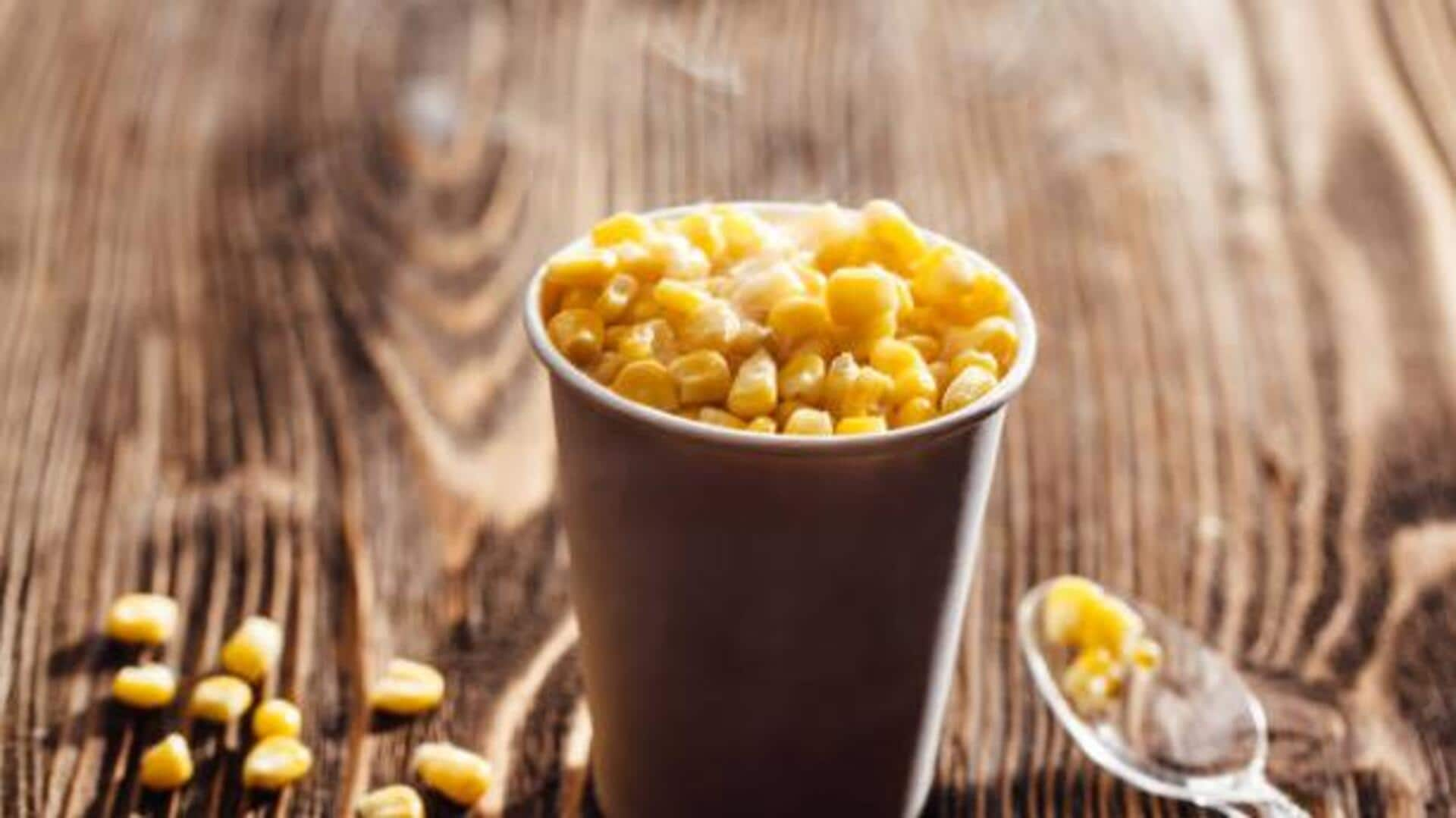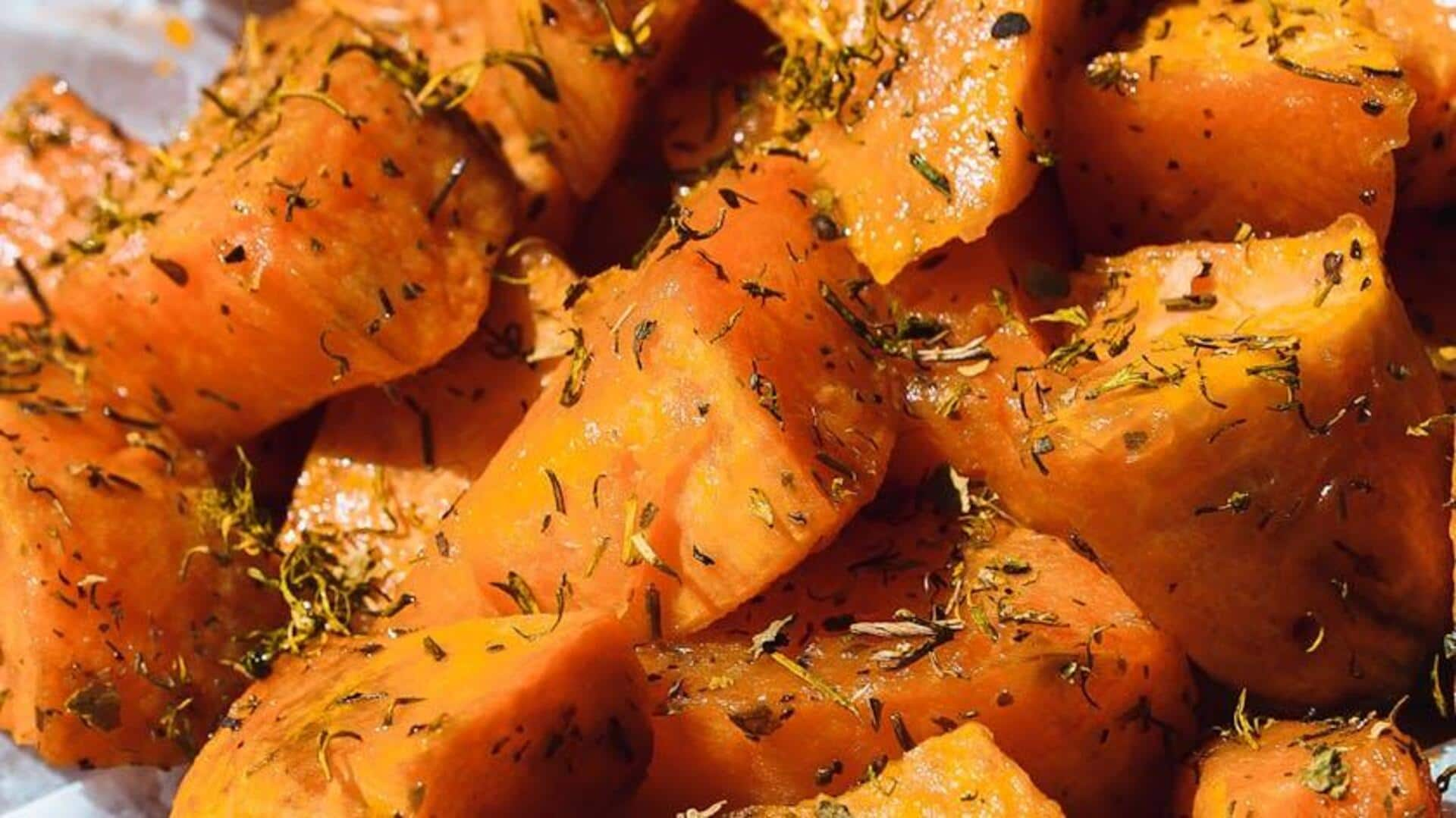Brass Utensils: Overview
Brass, an alloy of copper and zinc, has been used in kitchens for centuries. Its composition gives it certain advantages and disadvantages. Brass utensils
are often chosen for their aesthetic appeal, offering a golden hue that can enhance the look of cookware. However, it's important to note that the zinc content in brass can react with acidic foods, potentially affecting their taste and safety. This characteristic makes it crucial to understand the proper usage and limitations of brass utensils. Brass’s durability and heat distribution are also key factors in its use, contributing to its continued presence in various culinary traditions.
Copper Utensils: Benefits
Copper utensils have been highly regarded for their exceptional heat conductivity, ensuring even cooking. This feature allows for precise temperature control, making them ideal for delicate dishes. Copper's ability to distribute heat efficiently also helps in reducing hot spots, leading to more consistent cooking results. Beyond its cooking benefits, copper is known for its antimicrobial properties, which can help in maintaining a cleaner cooking environment. The material’s aesthetic appeal, with its distinctive reddish-brown color, adds a touch of elegance to the kitchen. Therefore, copper utensils are favored by both professional chefs and home cooks for their functionality and visual charm.
Health Benefits Examined
Both brass and copper offer certain health advantages depending on their usage. Copper utensils, when properly maintained, can contribute to the intake of copper, an essential mineral that supports various bodily functions. Brass, although containing zinc, must be used carefully due to potential leaching of zinc into food when exposed to acidic substances. The level of exposure and food type are critical factors in determining health implications. Proper care and usage guidelines are necessary to maximize the benefits and minimize potential health risks associated with both materials, ensuring a safe cooking experience.
Risks: Avoiding Issues
The main risk associated with brass and copper utensils is the potential for metal leaching into food. When brass utensils come into contact with acidic foods like tomatoes or vinegar, zinc can leach out. Copper, if not properly lined, can also release copper ions. To minimize risks, it's crucial to avoid cooking acidic foods in brass utensils and to ensure copper cookware has a protective lining, typically made of tin or stainless steel. Regular inspection of the lining is essential to prevent any potential hazards. Proper cleaning and maintenance are also vital for extending the lifespan of the utensils and maintaining their safety.
Cooking Efficiency Matters
Copper and brass utensils differ significantly in terms of cooking efficiency. Copper excels due to its superior heat conductivity, leading to even and efficient cooking. This property makes copper cookware ideal for delicate dishes that require precise temperature control. Brass, with its lower heat conductivity, may take longer to heat up and may not distribute heat as evenly. While brass utensils can still be used, they may require different cooking techniques compared to copper. Consider the type of dishes and cooking style when selecting utensils to ensure the best cooking outcomes.
Care, Maintenance, Longevity
Proper care and maintenance are key to the longevity and safety of brass and copper utensils. Copper utensils require regular cleaning to maintain their shine and prevent corrosion. Specialized copper cleaners are often used, but it's vital to follow manufacturer instructions. Brass utensils, similarly, need regular cleaning to remove food residues. Avoid harsh abrasives that can scratch the surface and potentially expose the base metal. Proper storage in a dry place also helps prevent tarnishing and corrosion. With proper care, both brass and copper utensils can last for many years, providing both functionality and aesthetic appeal in your kitchen.
Choosing the Best Utensil
The ideal choice between brass and copper utensils depends on your specific needs and preferences. Copper is often preferred for its excellent heat conductivity, making it suitable for precise cooking tasks. However, it is essential to factor in the cost and required maintenance. Brass utensils, with their aesthetic appeal, might be a choice for display or for specific cooking tasks. To make the best decision, assess the types of food you typically cook, your cooking style, and your budget. Understanding the advantages and disadvantages of both materials will assist you in choosing the right utensils.



